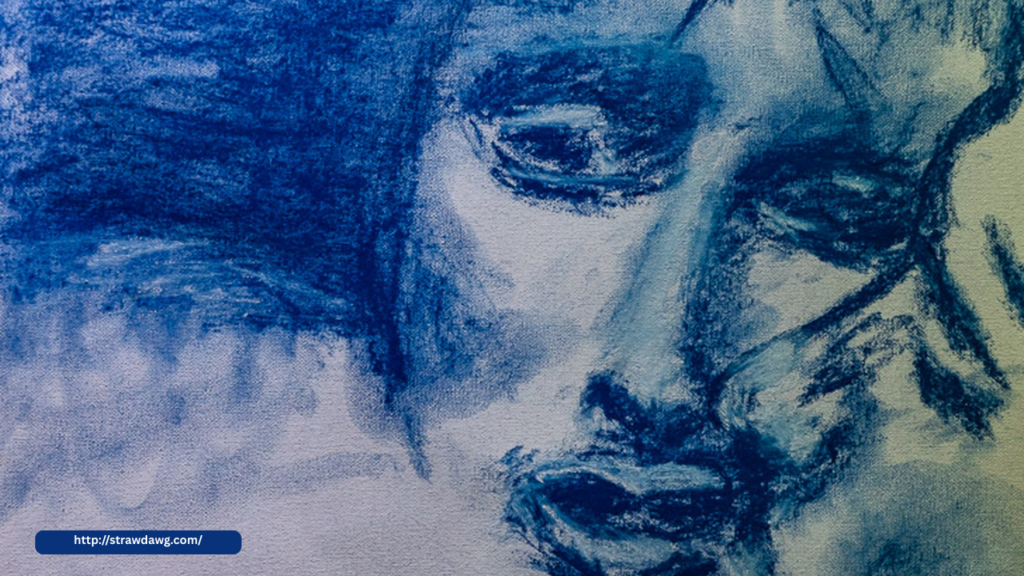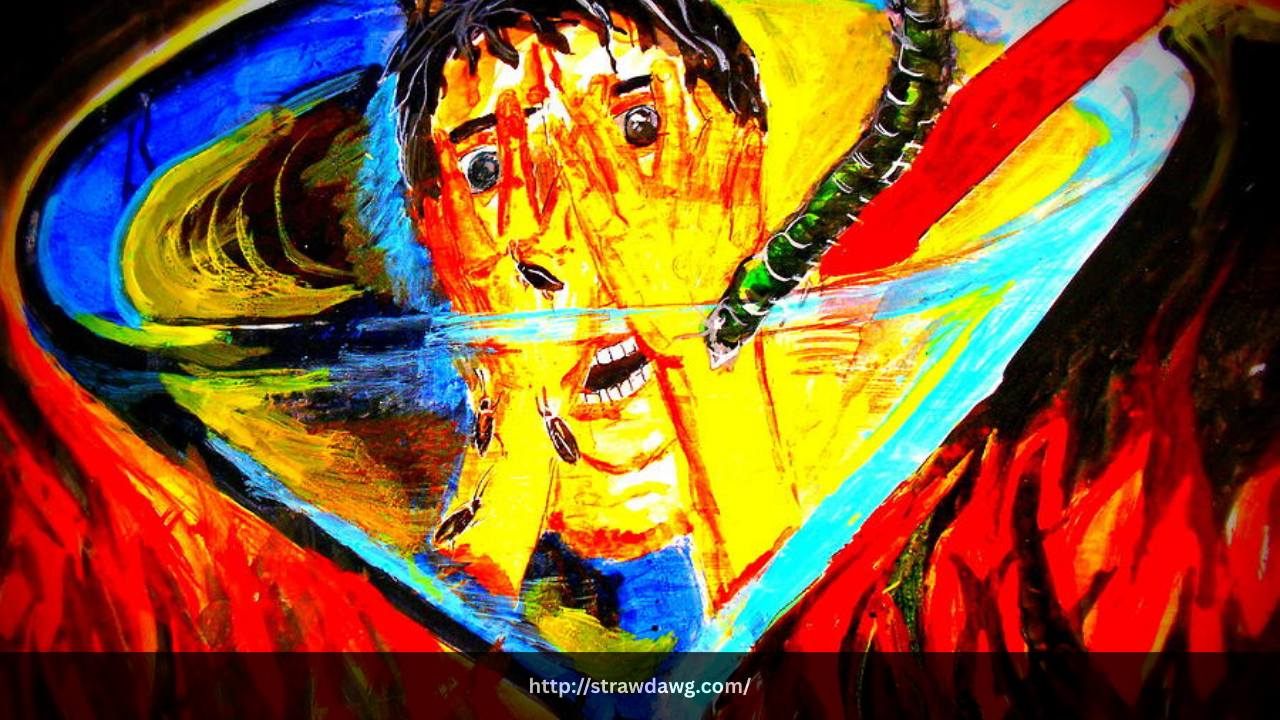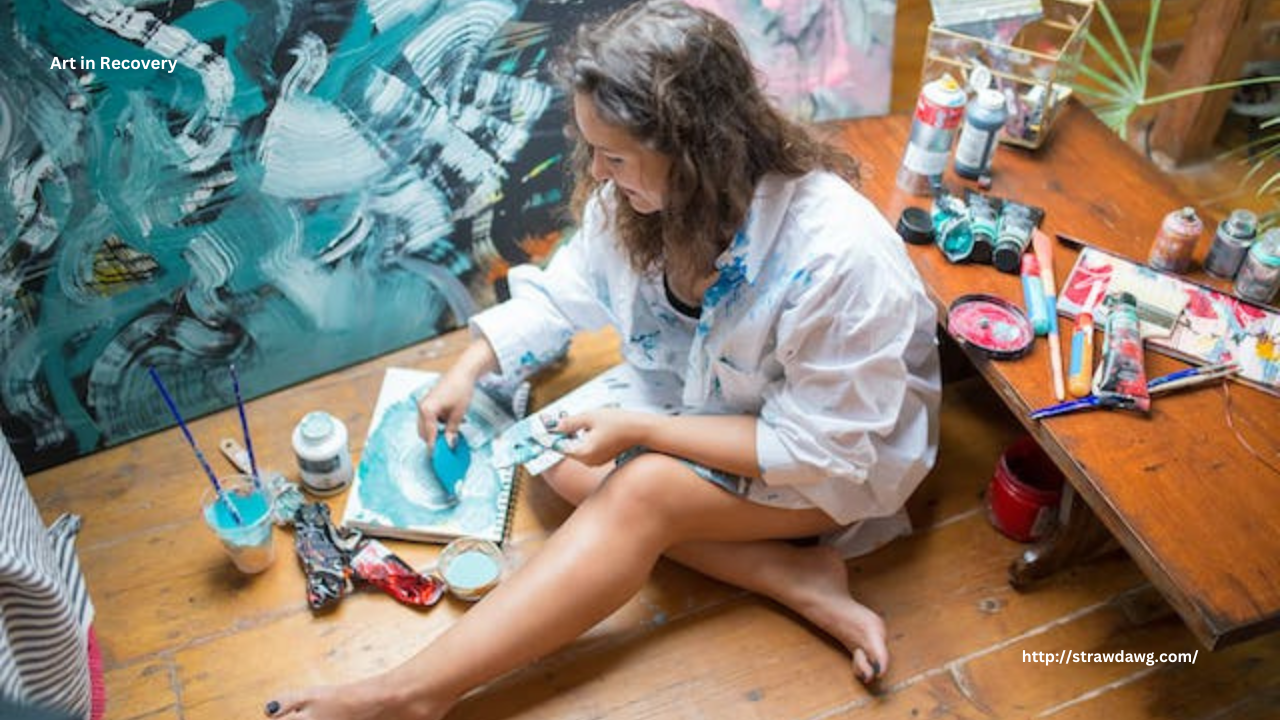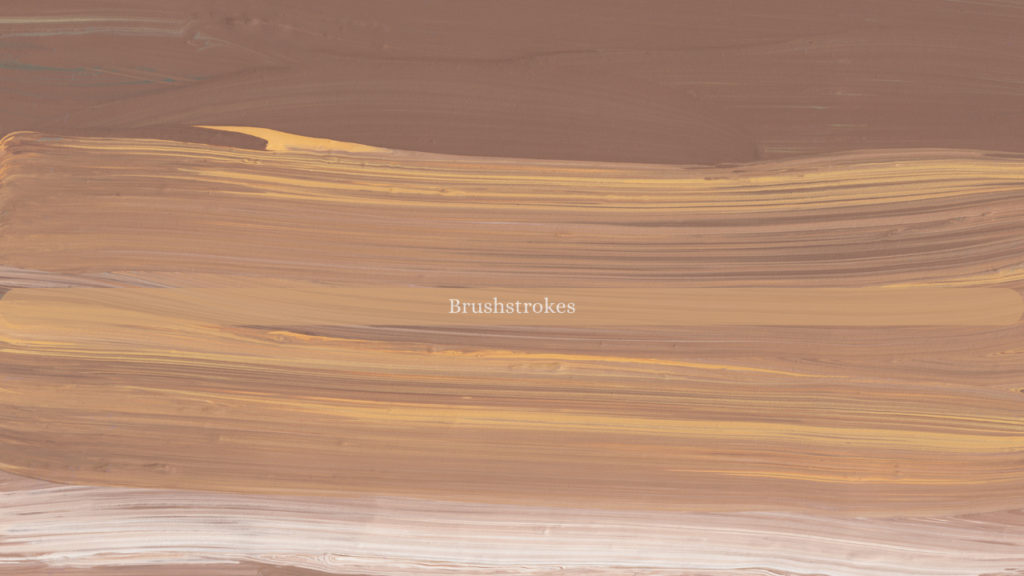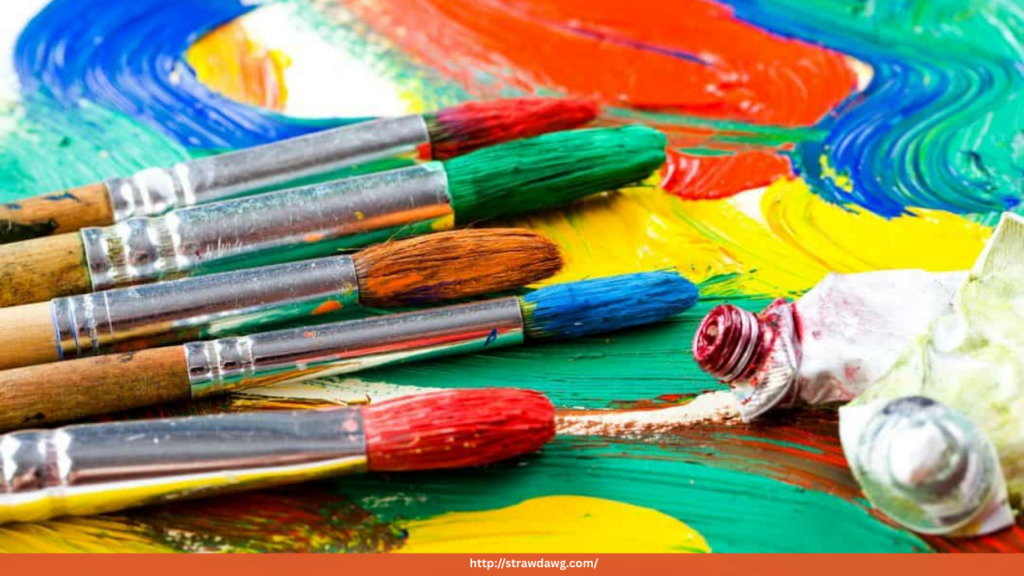
Addiction has a way of tightening its grip slowly—one decision, one distraction, one escape at a time—until you find yourself bound by chains you never meant to forge. For years, I lived in that place, trapped in a cycle of self-destruction. But through the haze of my darkest moments, there remained one quiet, persistent presence: art. What I once saw as just a form of expression became the very tool I used to break free. With a paintbrush in hand, I found my way back to myself and began walking the long road to sobriety.
Drowning in Dependency
I never imagined that something so small—a drink here, a pill there—could turn into something that would consume my life. But addiction doesn’t happen all at once; it creeps in. As the pressure of life and unresolved trauma piled up, I started turning to substances for comfort. What was once a tool to “take the edge off” became a necessity just to function.
The more I used, the more I lost. Relationships fractured. Opportunities disappeared. My passion for creating—once my greatest joy—vanished. My studio, once full of life, became a silent, abandoned space. I had the tools to create, but no will to use them. I was numb, not just to the world, but to myself.
A Brush with Redemption
It wasn’t a dramatic moment that started my recovery—no flashing lights or rock-bottom collapse. It was a quiet realization that I was wasting the one gift that had always made me feel whole. One night, in the midst of withdrawal and despair, I wandered into my studio and picked up a brush. I didn’t have a plan or a vision. I just painted.
That first piece wasn’t beautiful. It was messy, angry, and raw. But it was mine. For the first time in years, I felt something. And that feeling kept me going.
Art as a Lifeline
As I began the process of getting sober—with therapy, support groups, and honest self-reflection—painting became my daily ritual. The canvas became a space where I could release the emotions I didn’t yet know how to speak aloud. I poured my fear, guilt, and hope into every stroke.
Over time, the chaos in my work began to evolve. What started as violent splashes of color turned into more balanced compositions. I began to experiment again, to explore textures and stories. Each new piece was a testament to my recovery—a marker of where I had been and how far I had come.
Sharing the Journey
Today, I use my art to share my journey with others. Through exhibits, talks, and social media, I open a window into my past—not for pity, but for connection. I’ve learned that vulnerability is strength, and creativity is one of the most powerful tools we have to heal.
Breaking the chains of addiction wasn’t easy. But with a paintbrush in my hand, I discovered that I could shape my future one stroke at a time. My art saved me. And now, it helps me save others.
